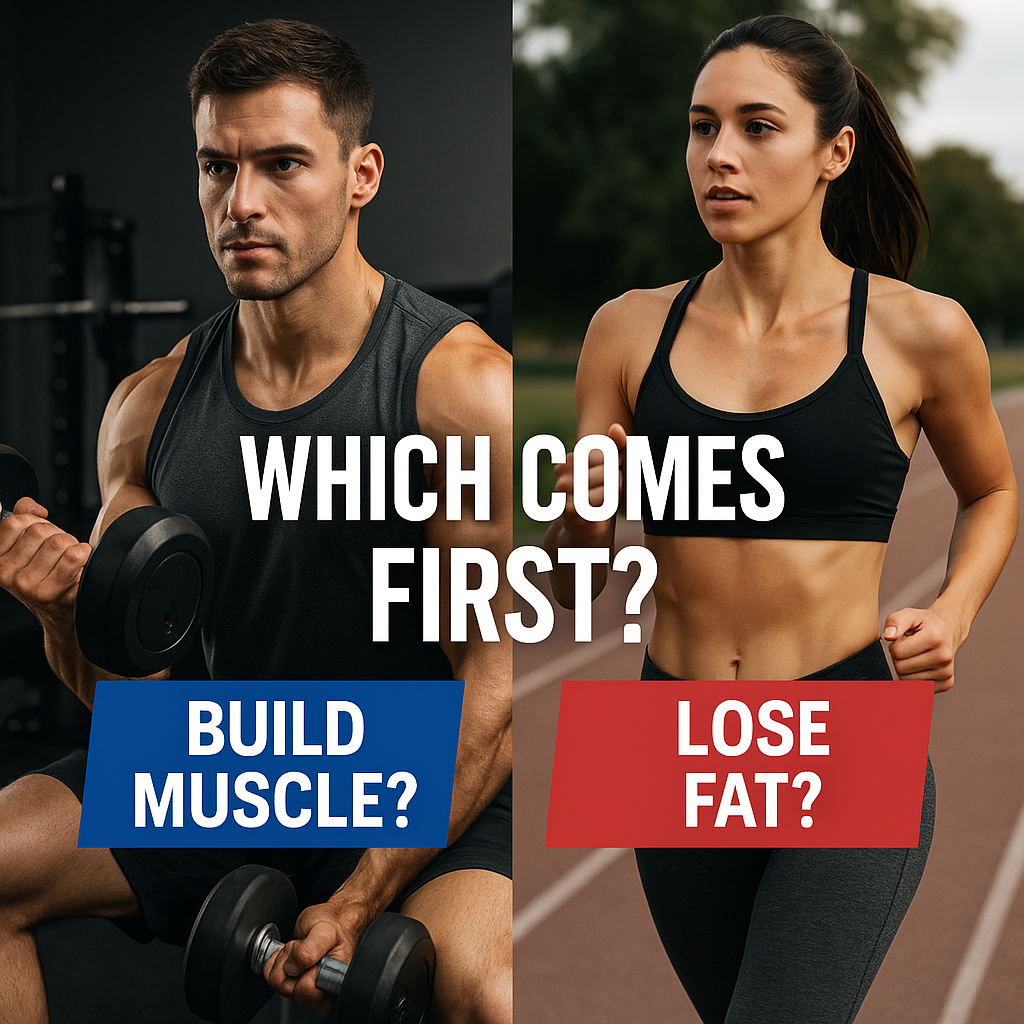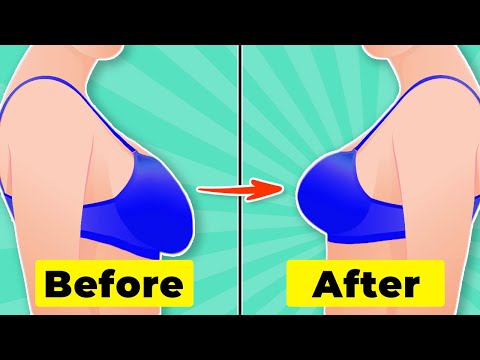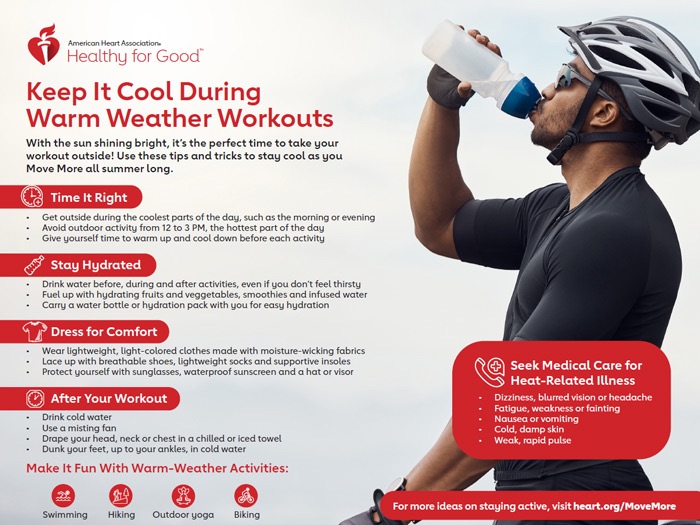Introduction
When it comes to fitness, many individuals find themselves torn between two common goals: building muscle and losing fat. While both goals are important for overall health and wellness, the question remains: which one should you prioritize first? With so much conflicting information available, it’s easy to feel confused and uncertain about where to start.
The Importance of Fitness Goals
Fitness goals are essential for achieving overall health and wellness. Whether you’re looking to improve your athletic performance, enhance your physical appearance, or simply feel more confident in your own skin, having clear goals in mind can help you stay motivated and focused on your journey.
The Purpose of This Article
The purpose of this article is to provide guidance on whether to build muscle or lose fat first. We’ll explore the pros and cons of each approach, identify individuals who may benefit from prioritizing one goal over the other, and discuss the feasibility of achieving both goals simultaneously. By the end of this article, you’ll have a better understanding of which goal to prioritize and how to achieve success on your fitness journey.
Understanding the Difference Between Muscle Gain and Fat Loss
Before deciding which goal to prioritize, it’s essential to understand the difference between muscle gain and fat loss. This section will explore the definitions, physiological processes, and key factors involved in each goal.
Defining Muscle Gain and Fat Loss
Muscle gain: Muscle gain, also known as muscle hypertrophy, refers to the process of building new muscle tissue through resistance training and proper nutrition.
Fat loss: Fat loss, on the other hand, refers to the process of reducing body fat through a combination of diet, exercise, and lifestyle changes.
Physiological Processes Involved
Muscle gain: Muscle gain involves the activation of muscle fibers, protein synthesis, and muscle cell growth. This process requires adequate nutrition, including protein, carbohydrates, and healthy fats.
Fat loss: Fat loss involves the breakdown of stored fat cells, which are then used as energy by the body. This process requires a caloric deficit, which can be achieved through diet, exercise, or a combination of both.
Role of Nutrition, Training, and Consistency
Nutrition: Nutrition plays a crucial role in both muscle gain and fat loss. Adequate protein intake is essential for muscle growth, while a caloric deficit is necessary for fat loss.
Training: Resistance training is essential for muscle gain, while cardio exercises can aid in fat loss. Consistency in training is also crucial for achieving both goals.
Consistency: Consistency in nutrition and training habits is essential for achieving both muscle gain and fat loss. This includes sticking to a regular workout routine and making healthy food choices.
By understanding the differences between muscle gain and fat loss, individuals can make informed decisions about which goal to prioritize and how to achieve success.
Pros and Cons of Building Muscle First
Building muscle first can be a great approach for some individuals, but it’s essential to consider the pros and cons before making a decision. This section will explore the benefits and potential drawbacks of building muscle first.
Benefits of Building Muscle First
Increased metabolism: Building muscle can increase your resting metabolic rate, helping your body burn more calories at rest.
Improved body composition: Building muscle can help improve body composition, reducing body fat percentage and increasing muscle mass.
Enhanced athletic performance: Building muscle can improve athletic performance, increasing strength, power, and endurance.
Potential Drawbacks of Building Muscle First
Increased calorie intake: Building muscle requires a calorie surplus, which can be challenging for some individuals to achieve.
Potential for muscle imbalances: Focusing on building muscle first can lead to muscle imbalances if not done correctly, which can increase the risk of injury.
Who May Benefit from Building Muscle First
Ectomorphs: Individuals with a lean body type (ectomorphs) may benefit from building muscle first to increase their muscle mass.
Beginners: Beginners may benefit from building muscle first to establish a foundation of muscle mass before focusing on fat loss.
Those with low muscle mass: Individuals with low muscle mass may benefit from building muscle first to improve their overall health and fitness.
By considering the pros and cons of building muscle first, individuals can make an informed decision about whether this approach is right for them.
Who Should Build Muscle First?
Building muscle first can be a great approach for certain individuals, but it’s essential to determine whether this approach is right for you. This section will explore who may benefit from building muscle first and provide guidance on how to do it effectively.
How to Build Muscle Effectively
Resistance training: Resistance training is essential for building muscle. Focus on exercises that work multiple muscle groups at once, such as squats, deadlifts, and bench press.
Progressive overload: Gradually increase the weight or resistance you’re using over time to challenge your muscles and stimulate growth.
Adequate nutrition: Ensure you’re consuming enough protein and calories to support muscle growth. Aim for 1.6-2.2 grams of protein per kilogram of body weight per day.
Tips for Building Muscle
Focus on compound exercises: Compound exercises such as squats, deadlifts, and bench press work multiple muscle groups at once and are effective for building muscle.
Train with consistency: Consistency is key when it comes to building muscle. Aim to train each muscle group 3-4 times per week.
Get enough rest and recovery: Adequate rest and recovery are essential for muscle growth. Ensure you’re getting enough sleep and taking rest days as needed.
By following these tips and guidelines, individuals can build muscle effectively and improve their overall health and fitness.
Can You Build Muscle and Lose Fat Simultaneously?
Building muscle and losing fat simultaneously is a challenging but achievable goal. This section will explore the feasibility of achieving both goals at the same time and provide guidance on how to do it effectively.
Feasibility of Simultaneous Muscle Gain and Fat Loss
Beginners: Beginners may find it easier to build muscle and lose fat simultaneously due to their body’s initial response to new exercise and nutrition habits.
Intermediate trainees: Intermediate trainees may also be able to achieve simultaneous muscle gain and fat loss, but it may require more precise nutrition and training planning.
Advanced trainees: Advanced trainees may find it more challenging to build muscle and lose fat simultaneously due to their body’s adaptation to their current exercise and nutrition habits.
How to Build Muscle and Lose Fat Simultaneously
Caloric deficit with adequate protein: Create a caloric deficit while consuming adequate protein to support muscle growth and maintenance.
Progressive overload: Gradually increase the weight or resistance you’re using over time to challenge your muscles and stimulate growth.
Focus on compound exercises: Focus on compound exercises such as squats, deadlifts, and bench press that work multiple muscle groups at once.
Tips for Building Muscle and Losing Fat Simultaneously
Be patient: Building muscle and losing fat simultaneously takes time and patience.
Track your progress: Track your progress through measurements, weight, and body fat percentage.
Stay consistent: Consistency is key when it comes to building muscle and losing fat simultaneously. Stay consistent with your nutrition and training habits.
By following these tips and guidelines, individuals can build muscle and lose fat simultaneously and achieve their fitness goals.
Conclusion
In conclusion, deciding whether to build muscle or lose fat first depends on individual goals, body type, and health status. Both goals are important for overall health and fitness, and achieving one goal can often complement the other.
Key Takeaways
Understand your goals and body type: Understanding your goals and body type is crucial in determining whether to build muscle or lose fat first.
Consider your health status: Consider your health status and any potential health risks associated with your goals.
Create a personalized plan: Create a personalized plan that takes into account your goals, body type, and health status.
Importance of Professional Guidance
Consult with a qualified professional: Consult with a qualified professional, such as a registered dietitian or personal trainer, to determine the best approach for your individual needs.
Get support: Get support from friends, family, or online communities to help you stay motivated and accountable.
Final Thoughts
Achieving your fitness goals takes time, patience, and dedication. By understanding your goals and body type, creating a personalized plan, and seeking professional guidance, you can achieve success and improve your overall health and fitness.




